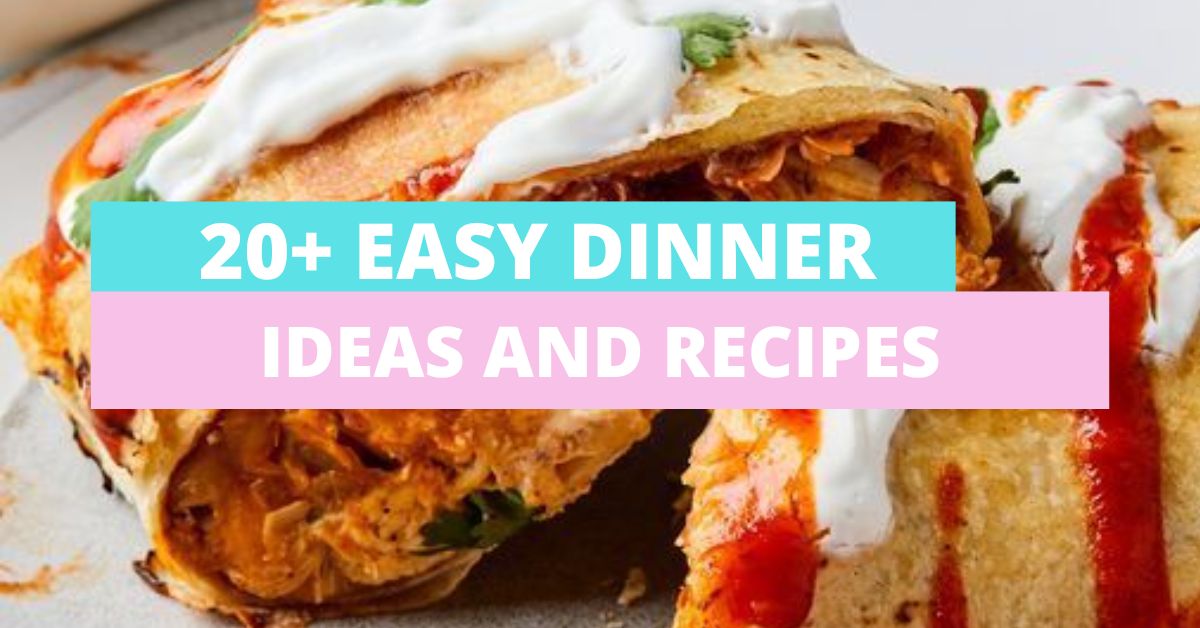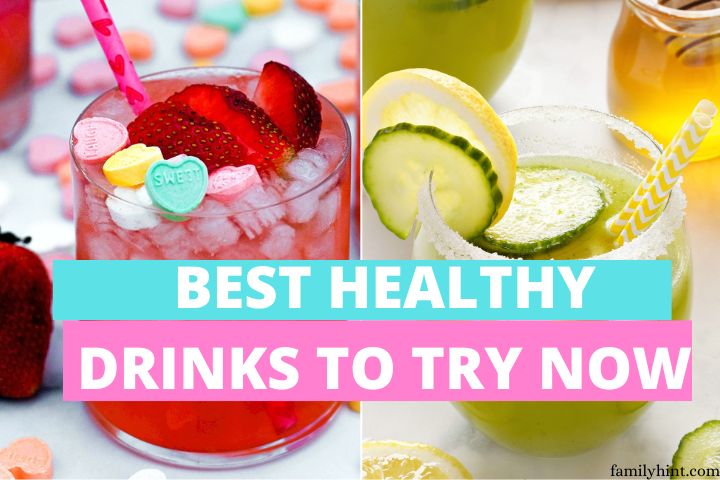Cooking adapts to everyone’s needs and choices. Among these evolutions, gluten-free cooking has taken a significant place, catering to the needs of those who suffer from intolerances or diseases related to gluten, as well as those who, by choice, turn to a different diet. In this article, we will explore together healthy and tasty recipes, entirely gluten-free, so that everyone can enjoy without compromising on health or pleasure.

What is Gluten?
Gluten is a protein found in certain grains such as wheat, barley, and rye. It is known for giving bread and pizza dough their elastic and fluffy texture. However, for some people, gluten can be a formidable enemy.
For instance, celiac disease is a severe autoimmune reaction triggered by gluten, while others may suffer from non-celiac gluten sensitivity, leading to symptoms like bloating, abdominal pain, or fatigue.
For some, it’s a matter of digestive well-being, while others see it as a way to eat more healthily.
What are the Myths and Realities About the Gluten-Free Diet?
Regarding the gluten-free diet, misconceptions abound, and it’s easy to get lost between myths and truths. On one hand, some see this diet as a mandatory path to healthier eating, while others perceive it as a burdensome and joyless dietary restriction. The truth, however, lies somewhere between these two extremes.
Firstly, it’s essential to understand that a gluten-free diet is not automatically synonymous with health. Yes, for those suffering from celiac disease or gluten intolerance, eliminating gluten is an absolute necessity for their well-being. But for those who do not have these health conditions, simply removing gluten does not guarantee a healthier diet…
Indeed, turning to a gluten-free diet can be an opportunity to rediscover a range of naturally gluten-free foods that are incredibly healthy. Like fruits, vegetables, legumes, and grains like quinoa and buckwheat. These foods are full of essential nutrients and can form the basis of a balanced and delicious diet.
But beware, there’s a trap… Many processed gluten-free products have appeared on supermarket shelves. These products, although labeled gluten-free, are not necessarily your allies for a healthy diet. Indeed, some can be loaded with added sugars, fats, and empty calories, which can actually be counterproductive for those looking to eat healthily.
The trick, then, is to find a balance. Rather than focusing solely on eliminating gluten, it is wiser to aim for a varied and nutrient-rich diet.
What are the Key Ingredients in Gluten-Free Cooking?
Gluten-free cooking relies on a variety of alternative ingredients that replace wheat and other gluten-containing cereals.
Let’s start with gluten-free flours and substitutes. Solutions like rice, coconut, almond, and chickpea flour not only provide a gluten-free base for your recipes but also bring unique flavors. Thus, each flour has its characteristics: rice flour is light and versatile, while almond flour brings a richness in nutrients and a soft texture.
Then, agents like xanthan gum and gelatin can replace gluten in sauces, soups, and pastries. These thickeners play a crucial role in achieving the desired consistency in your preparations.
Finally, let’s not forget naturally gluten-free grains like quinoa, buckwheat, and millet, which are excellent bases for nutritious dishes. Indeed, legumes like lentils and chickpeas offer plant proteins, while fresh vegetables provide vitamins and fibers.
What are the Gluten-Free Recipes to Try?
Pancakes
To start the day right, opt for gluten-free pancakes for breakfast.
Prepare a light and tasty batter by mixing 150g of rice flour, 1 teaspoon of baking powder, a pinch of salt, 2 eggs, 300 ml of almond milk, and a tablespoon of honey.
These pancakes will be a fluffy delight to start your morning.
Quinoa Salad
For lunch, indulge in a refreshing and nourishing quinoa salad.
Mix 200g of cooked quinoa with cherry tomatoes, cucumber, olives, feta cheese, and season it all with a lemon vinaigrette.
This salad is perfect for a light but satisfying meal.
Grilled Vegetable Salad
For dinner, prepare a grilled vegetable salad.
Start by washing 1 medium eggplant, 2 zucchinis, 1 red bell pepper, 1 yellow bell pepper, and 200g of cherry tomatoes.
Then use a sharp knife to slice the eggplant and zucchinis into about 1 cm thick rounds, cut the peppers into strips after removing the seeds, and cut the cherry tomatoes in half. Brush the vegetables with olive oil, season with salt and pepper, then grill them until they are tender and marked by the grill.
Mix the grilled vegetables with the cherry tomatoes in a salad bowl, drizzle with balsamic vinaigrette, and serve.
Gluten-Free Biscuits
Finally, for snacks and desserts, make delicious gluten-free biscuits. Combine 200g of coconut flour, 100g of sugar, 100g of butter, one egg, and a teaspoon of vanilla extract to form a dough. Shape it into biscuits using cookie cutters and bake them in the oven. These biscuits will be perfect for a sweet break or a light dessert.
Conclusion
Adopting gluten-free cooking can be a beneficial approach, whether for health reasons or to diversify one’s diet. Gluten-free alternatives offer a variety of choices to revisit traditional recipes. From pancakes for breakfast to pasta for dinner, it’s easy to transform classic dishes into a gluten-free version!




